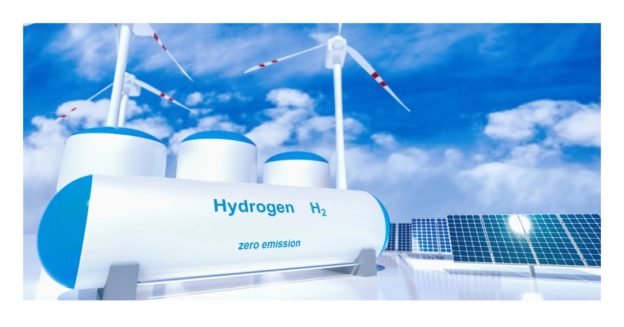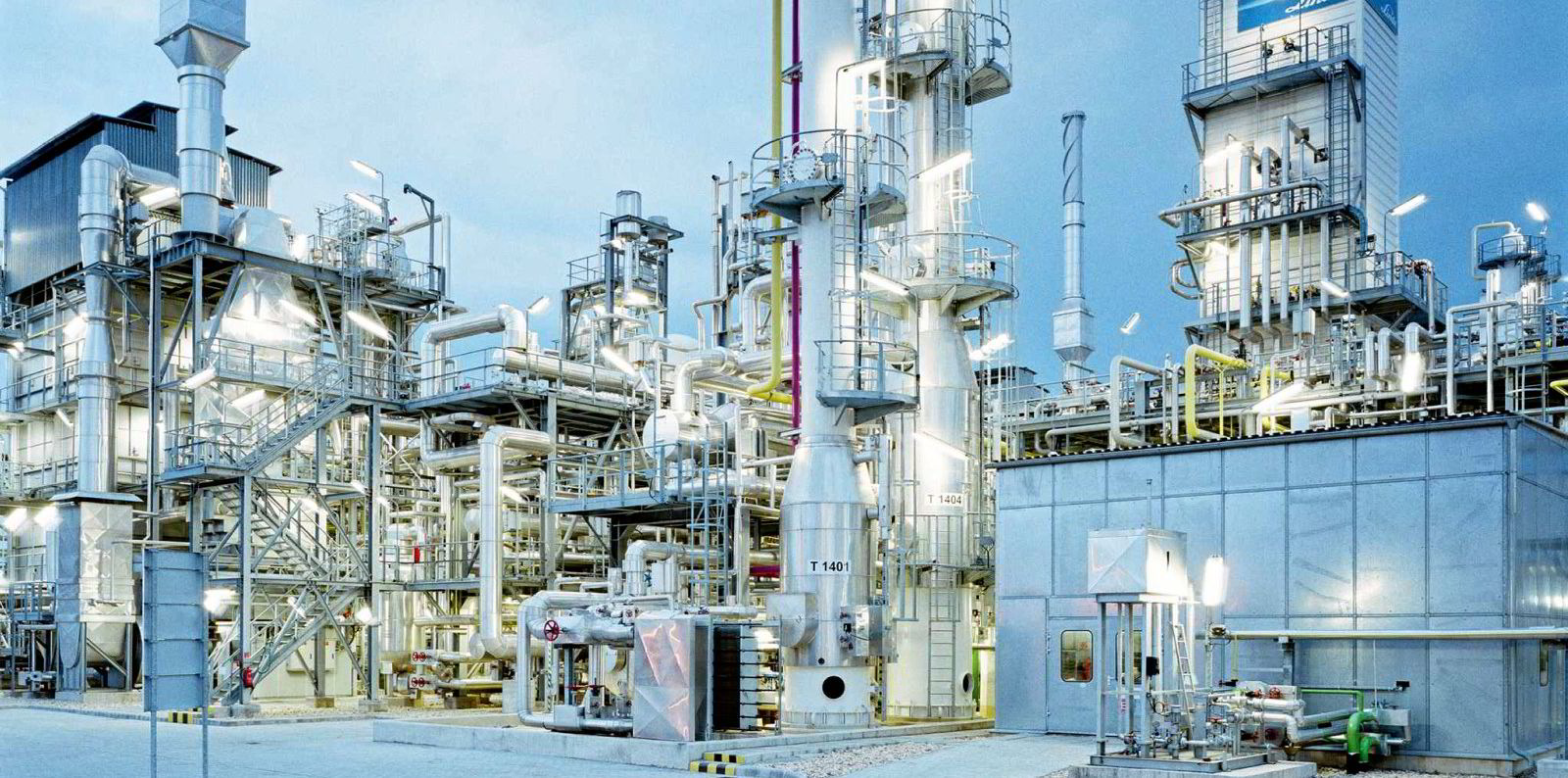Last month, the Japanese government announced it would spend ¥27.9bn ($242m) on subsidies for two demonstration projects that aim to co-fire coal power plants with at least 50% ammonia by 2029.
Japan’s largest power producer, Jera, has now launched an international competitive tender to supply up to 500,000 tonnes of green or blue ammonia for its demo project — to switch from 100% coal to a 80% coal/20% ammonia mix at a single 1GW unit at the 4.1GW Hekinan coal-fired power station in central Japan by the end of the decade — replacing less than 5% of the plant’s coal use.
The potential long-term deal, which would run from 2027 to the 2040s, is the first international tender for “clean” hydrogen or its derivatives.


Jera, a joint venture between regional electricity suppliers Tokyo Electric Power and Chubu Electric Power, has sent requests for proposals to more than 30 companies, but will only consider bids for blue ammonia — derived from methane or coal with carbon capture and storage — if more than 60% of the CO2 emitted in the production process is captured and stored. A spokesperson for Jera told Recharge’s sister publication Upstream that the 60% figure “may be reviewed in the future”.
If blue ammonia is purchased, and if emissions from the Haber-Bosch process, upstream methane leaks and the fuel used for shipping it to Japan are taken into account, the overall greenhouse gas (GHG) reduction from the project would probably be minimal.
And while ammonia does not produce CO2 when it burns, but it does generate nitrous oxide — a greenhouse gas that is 298 times more powerful than CO2 over a 100-year period — which would need to be captured to avoid an even higher GHG footprint.
If green ammonia is used, it would be an incredibly inefficient way to produce power and reduce emissions.
According to Recharge calculations, each tonne of green ammonia requires 14.38MWh of renewable energy to produce using standard processes, yet would only generate 1.96MWh when burned in a coal-fired power plant (presuming a steam turbine generator efficiency of 38%), making it an extremely expensive method to produce electricity. Add the energy needed for shipping the green ammonia to Japan, and the round-trip efficiency would be even lower.
It is little wonder that Japan’s efforts to co-fire ammonia at coal power plants have been described as “wasteful greenwash” and “just crazy” by Paul Martin, a co-founder of the Hydrogen Science Coalition.
Jera says it aims to use a 20% ammonia fuel mix at all its coal-fired power plants by 2035, and to develop new technology that will enable them to move to 100% ammonia in the 2040s.
But it could just be an excuse to continue generating electricity from coal long after many Western countries have phased out the highly polluting fossil fuel.
“Greenpeace Japan does not consider ammonia co-firing anything but a technology and process for extending the life of coal fired power plants,” the campaign network said in a statement released last year, when plans were first announcing for co-firing. “It is… nothing but expensive greenwash.
“Ammonia’s introduction into Japan’s energy sector should be viewed as a bailout to thermal coal based corporations and turbine manufacturers. For cheap, decarbonized electricity in Japan and abroad, the future is clear and proven: wind and solar.”
However, the Japanese government does not believe it can supply enough energy from domestic renewable sources to reach net-zero emissions by 2050, due to land constraints and deep waters that limit the possibilities for fixed offshore wind and grid links with other nations. It therefore believes it will have to import clean energy in the form of hydrogen and/or its derivatives — even though that would make its energy far more expensive than in other countries.
https://www.rechargenews.com/energy-transition/-expensive-greenwash-first-international-hydrogen-based-tender-launched-to-import-green-or-blue-ammonia-to-japan/2-1-1172692?utm_source=email_campaign&utm_medium=email&utm_campaign=2022-02-24&utm_term=recharge&utm_content=hydrogen






